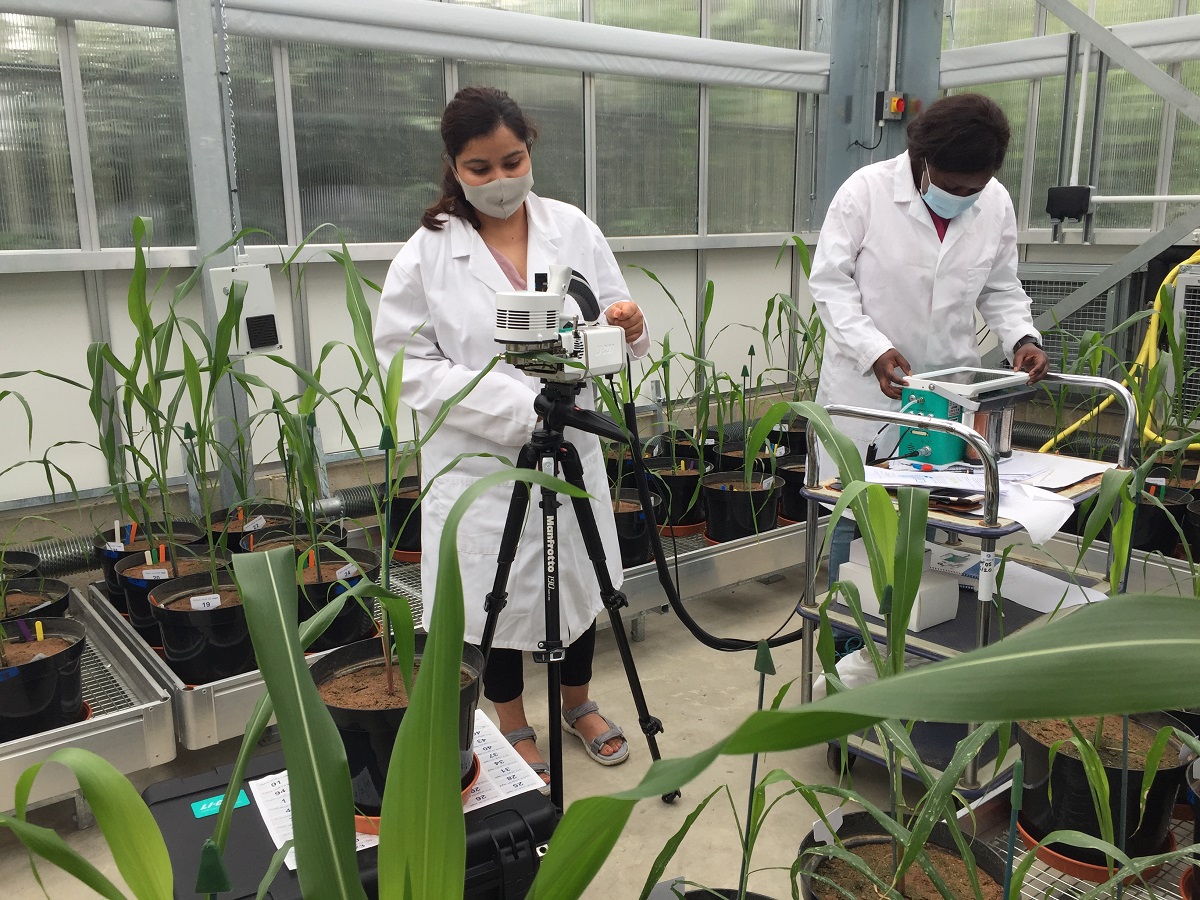
Walking through a field of sorghum, your vision might be drawn upwards to the plant’s impressively tall stalks, its waxy green leaves or its large panicles. You may be unaware of what is happening to the crops under your feet. A cereal species of the grass family (Poaceae), sorghum is an important crop worldwide.
Its edible starchy seeds are used for food – it is a staple in sub-Saharan Africa, where it is primarily ground into flour and made into a stiff porridge. It can also be used for the production of alcoholic beverages and biofuels, and the stalks and leaves can be used as animal fodder or building materials. Despite its good adaptation to African growing conditions, the crop suffers from multiple production constraints. Underfoot, you will find the two most urgent constraints: poor soils, and infestation by a parasitic weed called Striga – also known as ‘witchweed’ as it causes damage to the host plant when it is still in its invisible underground stages. Striga parasitises sorghum through its roots, resulting in severe yield reductions.
A Royal Society-funded project called ‘Striga Smart Sorghum Solutions for Smallholders in East Africa’ is running from 2019–2023. The project, led by NRI in close collaboration with Kenyatta University (KU) in Kenya, aims to overcome the above constraints. As Striga cannot be controlled sustainably by a stand-alone technique, the project aims to improve and combine two approaches: deploying sorghum cultivars with increased levels of Striga resistance, and applying fertilisers.
The team’s biomolecular work, mostly carried out at KU, involves confirming the genes that are responsible for different resistance mechanisms by switching them on or off using a novel gene-editing technique called CRISPR/Cas. This technique is also being used to transfer resistance genes to cultivars that are preferred by farmers and adapted to local growing conditions. The team conducted trials in farmers’ fields in western Kenya, where problems with Striga are severe. A range of sorghum varieties with previously identified Striga resistance were tested, and farmers were invited to evaluate them.
The team has also investigated which nutrients play a role in Striga resistance and tolerance and how they can best be delivered as fertiliser in order to enhance the efficacy of these Striga defence mechanisms and overall crop performance. The aim is to develop high-effect and low-cost fertiliser technologies, by determining the best composition, the minimum required amount, and best application mode. The team conducted a range of plant experiments under controlled environmental conditions in NRI’s new greenhouse facility. In an experimental plant growth set-up called the mini-rhizotron (allowing the study of roots and ‘underground’ Striga infections), the team grew sorghum plants with pre-germinated Striga seeds under specific fertiliser regimes. Initial results show that macro-nutrients reduced Striga infection levels on sorghum varieties that already have partial resistance. In experiments where sorghum plants were grown in Striga-infested soil, the team found a positive effect from fertilisers on both Striga resistance and tolerance, in particular when the fertilisers were sprayed on the crop plant leaves, compared to the conventional soil application method. Next steps include farmer participatory testing combinations of sorghum varieties and fertiliser solutions on farms in Kenya. Dissemination of the technologies generated by the project have the potential to enable millions of farmers across Africa to become more food secure.

